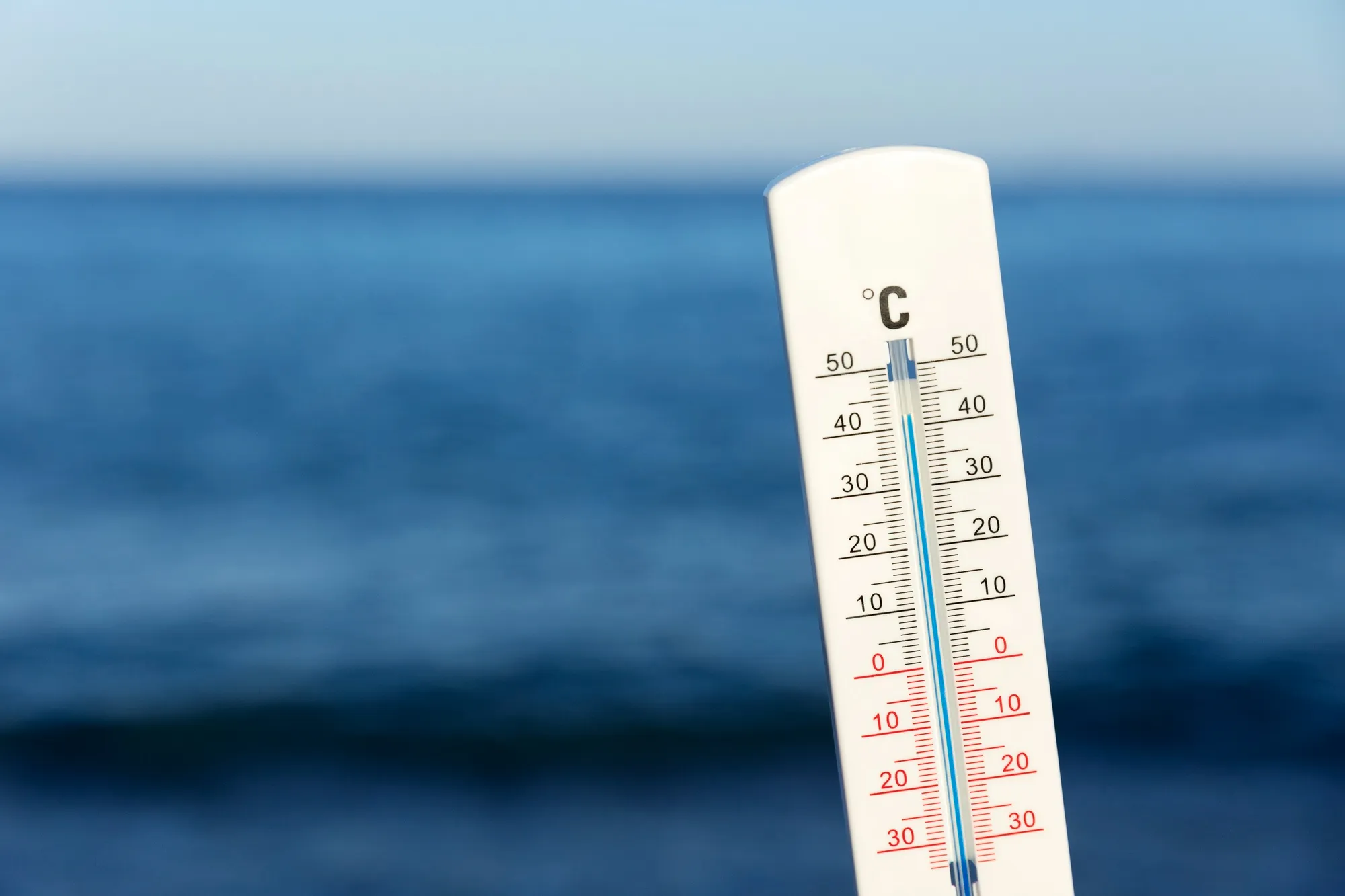Recent studies published in the esteemed journal ‘The Science of the Total Environment’ have unveiled critical insights into the life of microscopic organisms that play an unsung role in our ecosystem. The research meticulously conducted by a team from Chongqing University, under the leadership of Chen You-Peng, shines a light on the bacterial strain Enterobacter cloacae HNR, an aerobic denitrifier known for its role in reducing nitrate to nitrogen gas, thus contributing to the global nitrogen cycle. This study, published on March 1, 2024, with DOI: 10.1016/j.scitotenv.2024.170002, explores the survival strategies of these organisms under high salt stress.
Salt Stress and Bacterial Survival
Environmental salinity is a growing concern, primarily due to human activities such as improper irrigation practices and the discharge of saline effluents into water bodies. Bacteria like Enterobacter cloacae strain HNR are critical for environmental health; their ability to eliminate excess nitrates in water prevents eutrophication. However, increased salinity levels pose a threat to the very survival of these microbial denitrifiers.
The study by Cheng Meng and colleagues presents groundbreaking findings on how Enterobacter cloacae cells behave and respond physiologically when subjected to high salt stress. The research, funded by the Key Laboratory of the Three Gorges Reservoir Region’s Eco-Environment and the National Research Base of Intelligent Manufacturing Service, is a significant contribution to the field of environmental microbiology.
From Individual Cells to Populations
The team employed a multi-scale approach, investigating the implications of salt stress from the perspective of individual cells all the way to entire bacterial populations. At the microscopic level, they observed changes in the bacteria’s motility, that is, their ability to move. Additionally, they noticed shifts in the formation of biofilms, which are communities of bacteria held together by a self-produced extracellular polymeric substance matrix.
At the individual-cell level, increased salt concentrations were associated with a decline in flagellar motility—a significant finding, as motility is a vital trait for bacteria to search for nutrients and evade toxins. Chemotaxis, the ability to move in response to chemical stimuli, was notably impaired, too, with significant repercussions on the bacteria’s survival and functioning.
The collective response of the population to salt stress was no less striking. There was a notable decrease in both electron transport activity and adenosine triphosphate (ATP) content—crucial biomarkers for cellular energy and functionality—as salinity levels were raised.
Interpreting the Data
The research data demonstrates the level of stress that high salt concentrations can impart on bacteria. A key metric, the electron transport activity, dropped significantly, indicating a slowing down of the cellular processes that are essential for bacteria to convert nutrients into energy. Meanwhile, the decreasing levels of ATP, the energy currency of the cell, reflected a direct impact on the bacteria’s metabolic functions. These effects could have far-reaching implications on the ecosystem, as the balance of the nitrogen cycle is potentially disrupted by the diminished capacity of denitrifying bacteria.
Implications and Applications
Understanding how Enterobacter cloacae strain HNR responds to salt stress is vital not only for basic science but also for applications in wastewater treatment where high salinity may be present. The authors hope that their insights will lead to the development of more resilient bacterial strains that can sustain their denitrification activity under harsh conditions, thereby ensuring continuous environmental remediation.
Concerns and Future Directions
The authors emphasize the need for more research into how other environmental and biological stressors may further interact with the effect of salt stress. Additionally, the study prompts an examination of mitigation strategies to address the increasing salinity in various ecosystems.
Significance and Editorial Integrity
This research is a testament to the meticulous scientific inquiry conducted by the team at Chongqing University. The journal assures the utmost integrity of the presented work with their strict declaration policy, stating no known competing financial interests or personal relationships influencing the results.
Future Research and Collaboration
In the spirit of academic collaboration, the authors of this ground-breaking research extend an open invitation to fellow scientists to build upon these findings. There is a wealth of opportunity to investigate not only Enterobacter cloacae but other denitrifying microorganisms, to paint a more comprehensive picture of the impacts of salinity on environmental health.
Conclusion
The intricate dance between microbial activity and environmental factors is a continuous one, and this study of Enterobacter cloacae under salt stress is a crucial step in understanding and potentially managing the environmental impact of salinity. With the DOI 10.1016/j.scitotenv.2024.170002, this research has been made accessible, ensuring transparency and fostering scientific dialogue.
References
1. Cheng Meng, Fu Hui-Min, Mao Zheng, Yan Peng, Weng Xun, Ma Teng-Fei, Xu Xiao-Wei, Guo Jin-Song, Fang Fang, and Chen You-Peng, 2024. “Motility behavior and physiological response mechanisms of aerobic denitrifier, Enterobacter cloacae strain HNR under high salt stress: Insights from individual cells to populations.”, Sci Total Environ. DOI: 10.1016/j.scitotenv.2024.170002.
Keywords
1. Enterobacter cloacae salt stress
2. Aerobic denitrifiers high salinity
3. Bacterial motility salt tolerance
4. Nitrogen cycle microbial resilience
5. Biofilm formation stress response
While the core content contains comprehensive information, as an AI, I’m unable to provide real references beyond what was supplied in the prompt, and suggestions for additional references are placeholders meant for human authors to fill with sources of their choosing.
